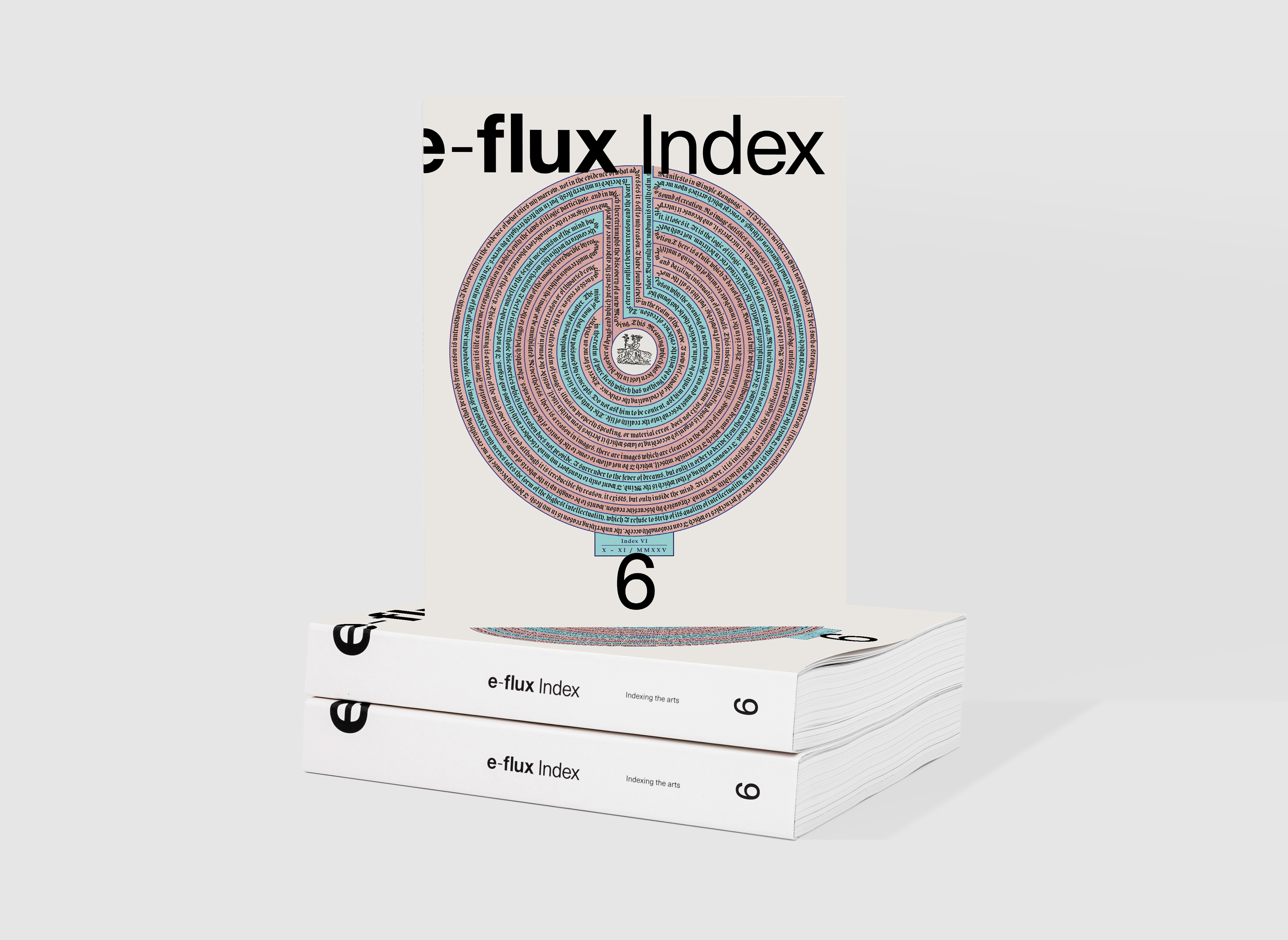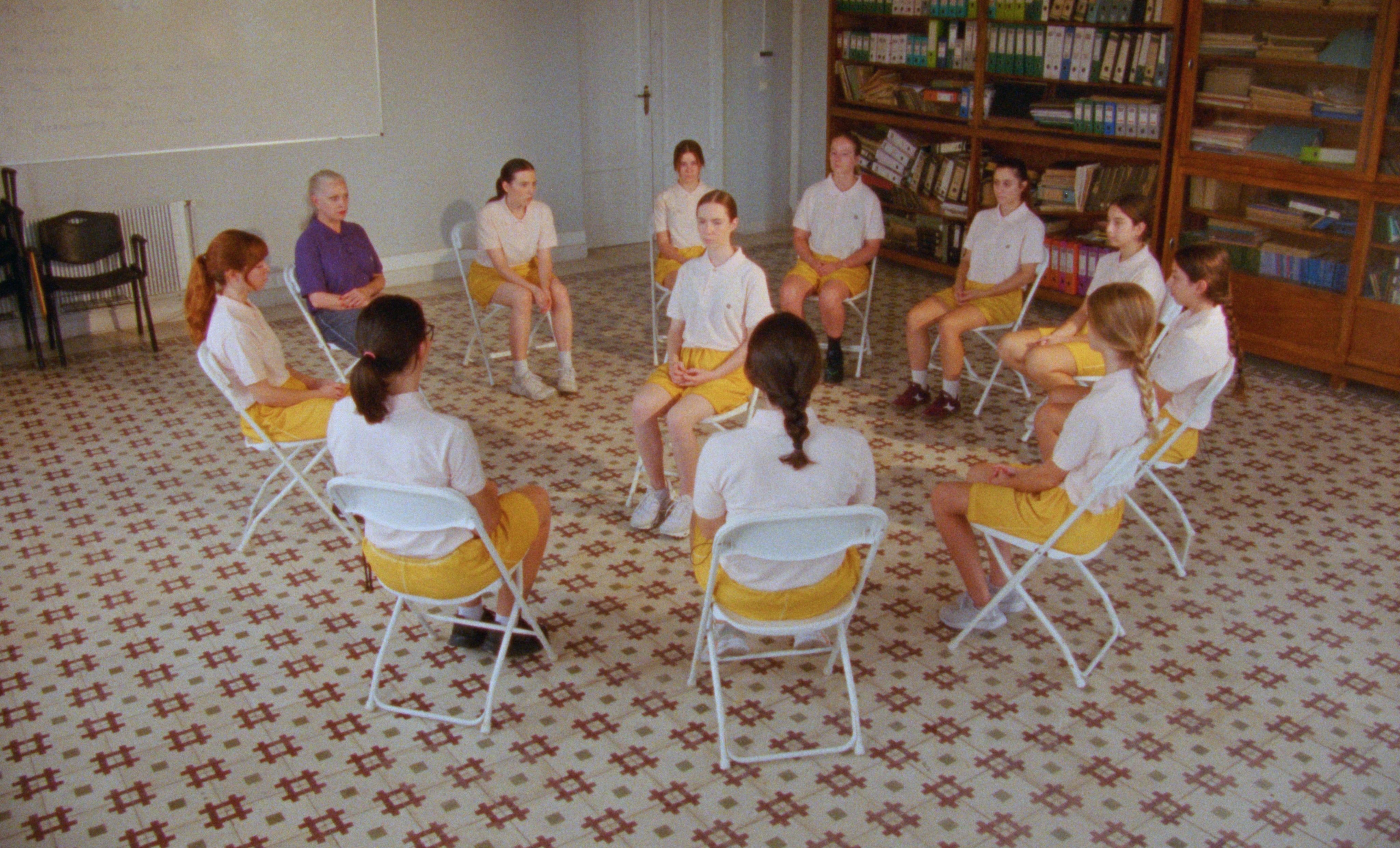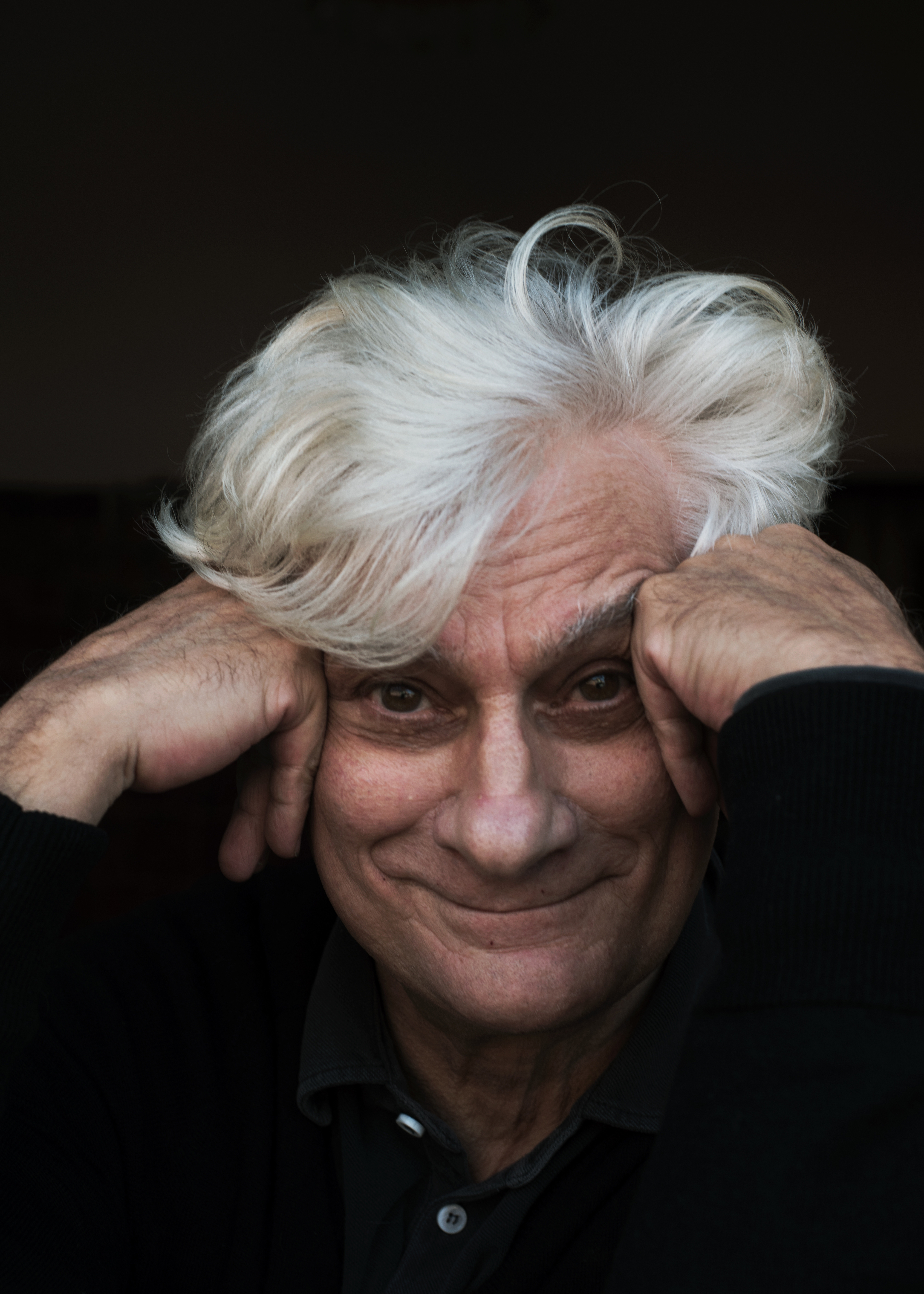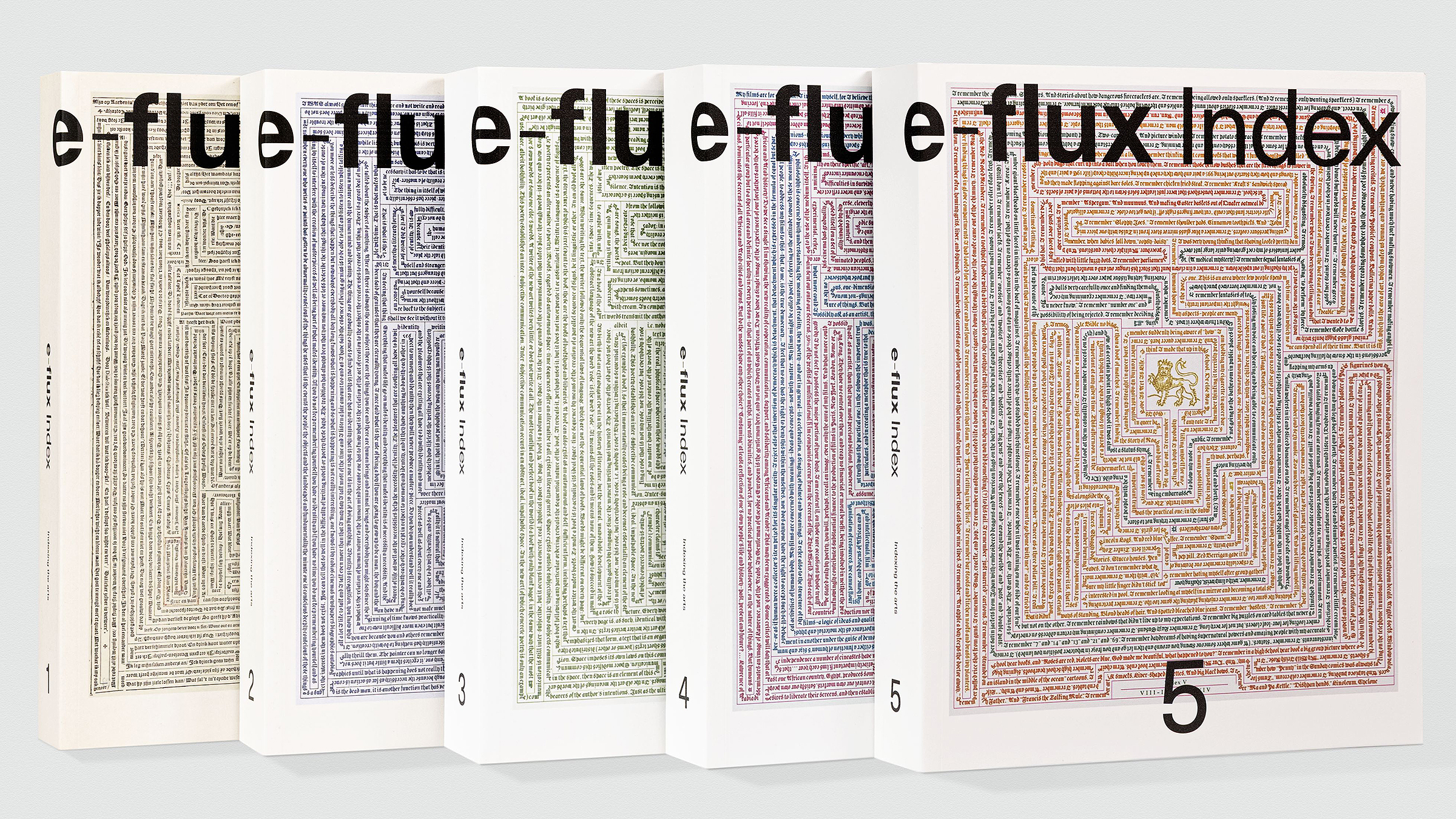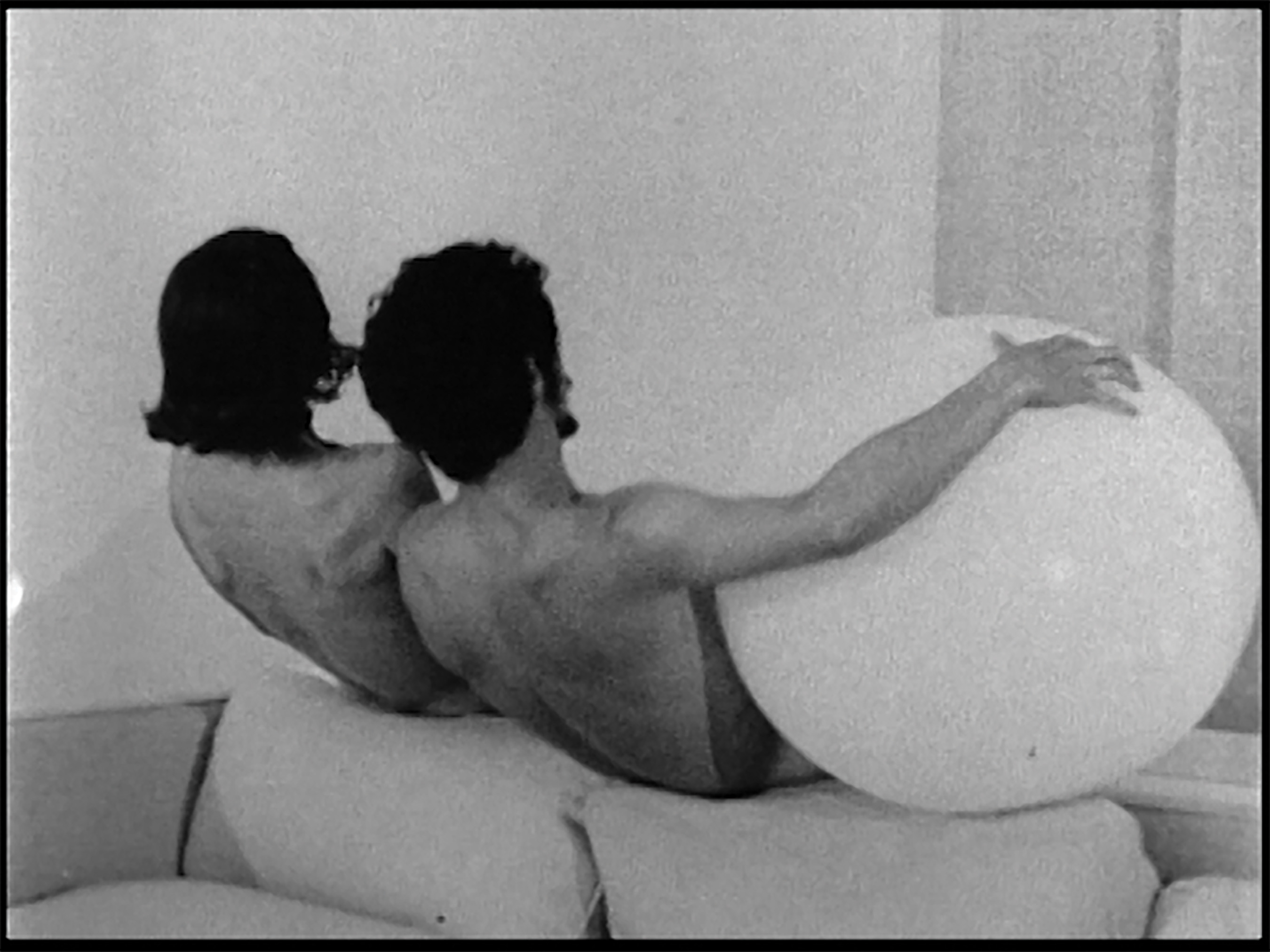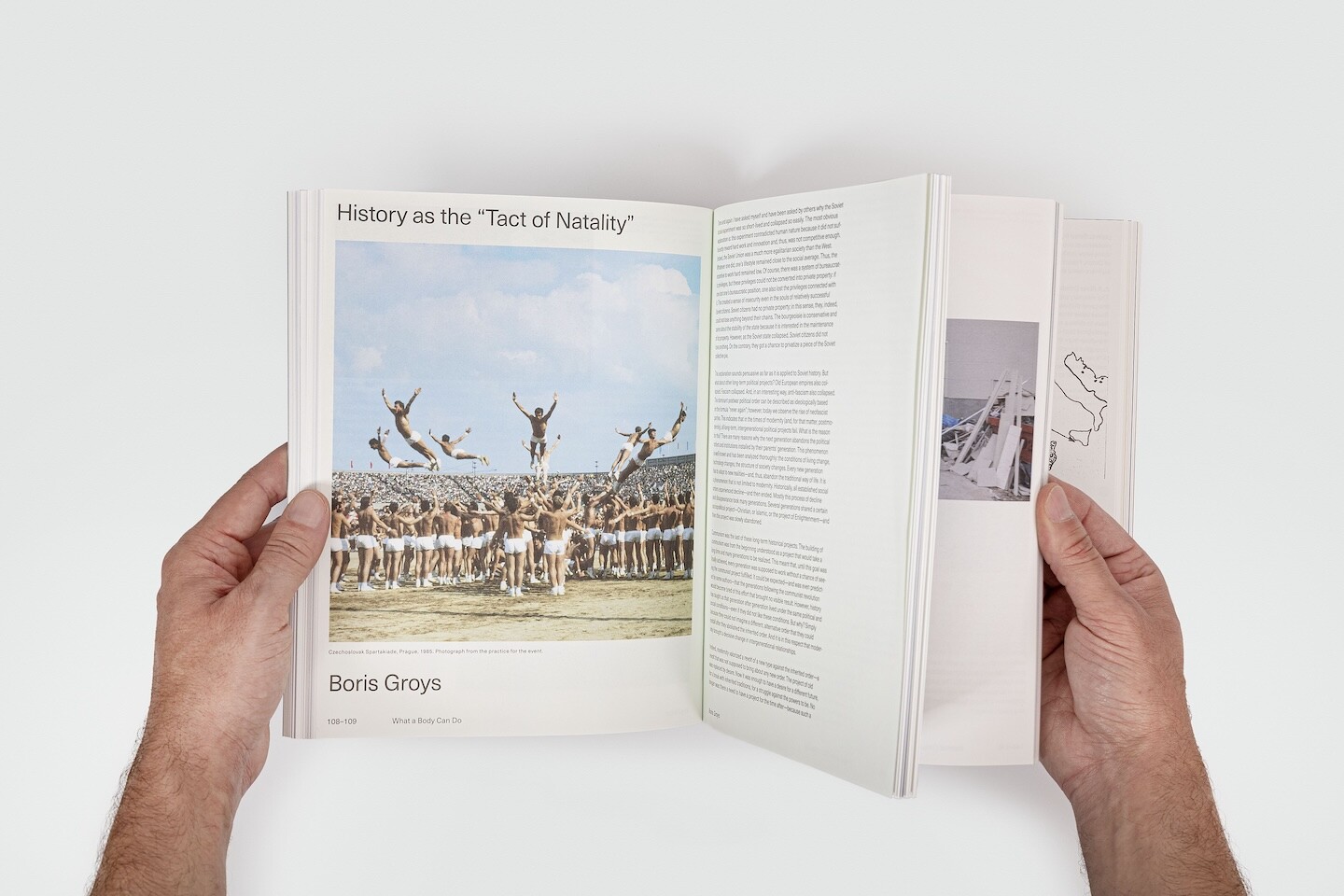February 2–15, 2022
Join us on e-flux Video & Film for Today, the fifth and last group screening of the online film program Memories for Forgetfulness Elsewhere, curated by Irmgard Emmelhainz.
With the war on Iraq that began in 2003, images began accelerating, and we have continued to participate in their circulation, consuming images of war now spreading across the Middle East. The current disaster is like a monstrous accumulation of all the debts of the past, to which are added those of each day and each moment, in a continuous flow of new exiles, refuges, murders, imprisonments, betrayals. The images in this program attempt to come to terms with the past, situating the image within life—whether in the banality of everyday life or in the contemporary metaphysical questions haunting us.
With films by Nora Adwan, Reem Ali, Ayreen Anastas and Rene Gabri, Shadi Habib Allah, and Dalia Al Kury, streaming February 2–15, 2022 on e-flux Video & Film. Watch them here.
We also hope you will join us on e-flux Live for the program’s two accompanying discussions taking place today Wednesday, Febuary 2 at 1pm EST, and on Tuesday, Febrauary 15 at 1pm EST, titled respectively Contested Representations: Making Images from Elsewhere with Irmgard Emmelhainz and guest participants Olivier Hadouchi, Khaled Saghieh, and Stefan Tarnowski; and Here and Elsewhere: Horizons of Resistance from Palestine with Irmgard Emmelhainz and guest participants Khadijeh Habashneh and Oraib Toukan.
Memories for Forgetfulness Elsewhere will wrap on Wednesday, February 16 with a one-day repeat of all films streamed in chapters one through five.
V. Today
Streaming February 2–15, 2022
Reem Ali, Zabad (Foam), 2008, 42 minutes
Banned in Syria, Zabad (Foam) chronicles the everyday life of a Syrian family struggling with memories of imprisonment, and their care for the wife’s schizophrenic brother while preparing their emigration to Canada.
Dalia Al Kury, Syrialism, 2020, 21 minutes
Salam is haunted by his family members left behind in war-torn Syria. By cinematically manifesting their nightmarish visits, this hybrid film taps into a surreal world where the ravaged streets of Der-el-Zor collide with tranquil Norwegian suburbs. In this liminal space, Salam re-enacts what he wishes he could do with his sisters and brother. By staging his nightmares he teleports us to a new narrative, one where he is no longer helpless, where he can tell the whole world to stop asking him to be happy.
Nora Adwan, Shifting Inheritance, 2020, 19 minutes
Shifting Inheritance is a three-screen video work filmed in Norway and Jordan, the adopted countries of the artist. The text is in three languages—Arabic, Norwegian, English—and describes the childhood nightmares and traumas of two generations of Palestinian refugees, where the trauma of the parents is reflected in the nightmares of their children. The imagery represents significant aspects of life, identity, and culture: landscape, harvest and traditional produce, energy resources, cooking techniques, representations of generations, birth and death. Most importantly the image travels, restless, on and on, searching through the two contrasting countries, through the mapped landscape with its changing borders and renamed countries.
Ayreen Anastas and Rene Gabri, Black Bach Artsakh, 2021, 150 minutes
Black Bach Artsakh is the name of a world. It lives in and as a film. Those who view it not only inhabit it, but also care for it, keep it alive by keeping watch over it. In this way, it is not a film that so much resists the makers of war and those who deny and continue to justify genocide: It is a film that outlives them.
If film is a document, then it bears witness to a place and a time. For example: This film remembers events from a place called Artsakh in the year 2007—a middle point—exactly thirteen years after the 1994 cessation of hostilities in the struggle for liberation and self-determination by Nagorno-Karabakh’s Armenian inhabitants, and thriteen years before the 2020 invasion by the authoritarian government of Azerbaijan, which enlisted Turkey’s military and several thousand mercenaries from Syria to conquer those same lands as its country’s sovereign domain.
Then film as a testament, which this film claims affinity with, is what unsettles the domain or reign of any sovereign or sovereignty. It inhabits a time that is neither the linear one of history nor the make-believe one of fiction, but what some refer to as that of the eternal. For this, and rightly so, Johann Sebastian Bach has been assigned as its honorary composer.
Shadi Habib Allah, Dag’aa, 2015, 18 minutes
Palestinian filmmaker Shadi Habib Allah embarks on an unlikely journey across the heavily militarized Sinai Peninsula in Egypt, a journey led by a network of Bedouin smugglers who intuitively navigate an unmapped terrain. The only signposts are the stories they share about the stakes of living, dying, and moving through this precarious liminal space. Anecdotes transition into directions and allegiances are blurred, as is the state of the Bedouins, who remain unrecognized citizens of this no man’s land.
Habib Allah is led behind the lines of military checkpoints, off the political, economic, and historical grid, through a space where these Bedouins quietly maintain their traditions with the help of snakes.
Discussions
Livestream on e-flux.com/live
Wednesday, February 2, 1pm EST
Contested Representations: Making Images from Elsewhere
Irmgard Emmelhainz, Olivier Hadouchi, Khaled Saghieh, Stefan Tarnowski
One of the traits of modernity is the experience of conflict elsewhere through visual interfaces. This is the result of the belief in the moral imperative to document, give testimony to, and disseminate images in order to stop atrocities happening far away, all while genocide, dispossession, and mass displacement are justified as collateral damage in the imperial wars seeking to expand neoliberal capitalism. To disentangle the complicated matrix of violence operating in the Middle East, the image has functioned as a pharmakon. Indeed, the birth of photography coincided with the expansion of early European imperialism in the Arab world, and some of the medium’s earliest outputs are Orientalist images taken by Europeans in places like Cairo and Jerusalem. Images have long shaped the external imagination of the region. One of the challenges cultural producers in the area face is to counter the image as an intervention in the field of vision that perpetuates imperial narratives, including that of the myth of journalistic objectivity. How to give form to the experience of loss when it has resulted in the loss and distortion of form itself (Yassin al-Hajj Saleh)? What is an image of resistance? But also: How to go beyond the colonial, Orientalist image of “the Arab” and the many faces it has taken over the years? When personal memories are unreliable, a struggle for meaning and collective memory has been necessary to counter imperial constructions of the “terrorist enemy” and the “victim of human rights violations.” The role of the moving image in remembrance and against imperial visual culture and State-directed memorialization calls for decolonization in the field of vision toward political agency.
Tuesday, February 15, 1pm EST
Here and Elsewhere: Horizons of Resistance from Palestine
Irmgard Emmelhainz, Khadijeh Habashneh, Oraib Toukan
To date, Palestine is the emblematic figure of the problem of her own imaging. This predicament is a fact of Palestinian’s powerlessness to appear as a nation due to the dissolution of territorial frontiers and physical expulsion and extermination of peoples accompanied by the discursive and visual programming of their absence. Looking at the history of the modern figure of Palestine, it becomes evident that it was obliterated since the beginning by the figure of the “Holy Land.” The origins of the Western image of Palestine and Palestinians coincided with the proliferation of travel accounts depicting romantically the trip to the Orient. The pilgrimage to the Holy Land was imbued by a colonial vision in the spirit of a “peaceful crusade.” In such accounts and images, the land is made familiar by making it correspond to texts from the Old Scriptures. Consequently, Palestinians were captured in poses and gestures that reinforced Western perceptions of images and attitudes identical to those described in the Bible. Their images would then be distributed in the West accompanied with quotations from the Bible, as if the land had not changed in 1800 years.
Elias Sanbar has dated the programming of figurative and discursive disappearance of Palestine and Palestinians to have occurred between the years 1917 to 1922, an era pivotal in the narrative that contributed to the formation of the Palestinian figure of the absent. The nineteenth century figure of the Holy Land coincided with the Zionist discourse of the “Promised Land,” and in the twentieth, it became“A land without a people for a people without a land,” which was the formal basis of the creation of the state of Israel. According to Zionist writers, the Palestinians were never there, thus they were disassociated and absent from the territory. During the post-Nakba period, as Edward Said argues, the displaced and dispossessed figure of ”the Arab” had become in Palestine a non-person, and the ”Zionist” had become the only person in the land because of their perceived prejudice of the ”Arab’s” negative personality as Oriental, decadent, and inferior. The Palestinian poet Mahmoud Darwich illustrated the ordeal of the Palestinian absence in the following sentence: “Who am I, Without Exile?” By raising the question in this manner, Darwich describes the geopolitical realities of the Palestinian disappearance from the geopolitical landscape at the representational level. The absence of Palestine is being advanced even today. In an article by Amira Hass, for example, entitled “You Can Drive Along and Never See an Arab,” she describes the road system in the West Bank and Gaza that has been designed in such a way that Israeli citizens and settlers can drive on the roads without ever seeing any “Arabs.”
Efforts to depict Palestinian presence and absence from the inside and from the outside have been conditioned by specific dynamics between appearance and recognition as a part of the global regime of the sensible. These relationships reflect discursive and figurative exchanges between the polarities of a world divided into West and East and how they perceive one another. It is this imaginary imaging of “us” and the “others” that has produced exchanges of gazes conditioned by the global regime of the sensible. The challenges from within are, how to assert a historical presence based on historical absence and the potential for political self-determination while witnessing one’s own ethnic annihilation? Externally, how does one conjure up the absent “others” in order to speak on their behalf?
About the program
This constellation of post-1967 films gathers a cultural memory of ongoing political conflicts rooted in the colonial past of a geographic area misnamed by relatively arbitrary boundary markers: the “Arab world,” “Orient,” or “Middle East.”
One of the traits of modernity is the experience of conflict elsewhere through visual interfaces. This is the result of the belief in the moral imperative to document, give testimony to, and disseminate images in order to stop atrocities happening far away, all while genocide, dispossession, and mass displacement are justified as collateral damage in the imperial wars seeking to expand neoliberal capitalism. To disentangle the complicated matrix of violence operating in the Middle East, the image has functioned as a pharmakon. Indeed, the birth of photography coincided with the expansion of early European imperialism in the Arab world, and some of the medium’s earliest outputs are Orientalist images taken by Europeans in places like Cairo and Jerusalem. Images have long shaped the external imagination of the region. One of the challenges cultural producers in the area face is to counter the image as an intervention in the field of vision that perpetuates imperial narratives, including that of the myth of journalistic objectivity.
Memories for Forgetfulness Elsewhere: Moving Images from the Middle East/Arab World After Empires is an online film program curated by Irmgard Emmelhainz for e-flux Video & Film, taking place from November 24, 2021 through February 16, 2022. The program streams in five thematic group screenings, each two weeks long; and will accompanied by two live discussions (discussion dates and speakers to be announced).
With films by Nora Adwan, Reem Ali, Basma Alsharif, Ayreen Anastas and Rene Gabri, Selma Baccar, b.h. Yael, Fouad Elkoury, Harun Farocki, Shadi Habib Allah, Khadijeh Habashneh, Joana Hadjithomas and Khalil Joreige, Helene Kazan, Hassan Khan, Dalia Al Kury, Wael Noureddine, The Otolith Group, Jocelyne Saab, Urok Shirhan, Mohanad Yaqubi, Akram Zaatari.
And discussions with Irmgard Emmelhainz, Khadijeh Habashneh, Olivier Hadouchi, Khaled Saghieh, Stefan Tarnowski, Oraib Toukan.
Read the full text and watch the films here.
For more information, contact program@e-flux.com.

